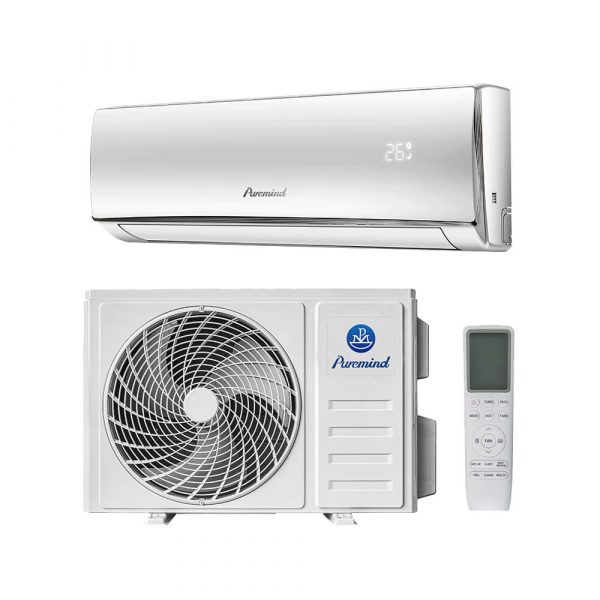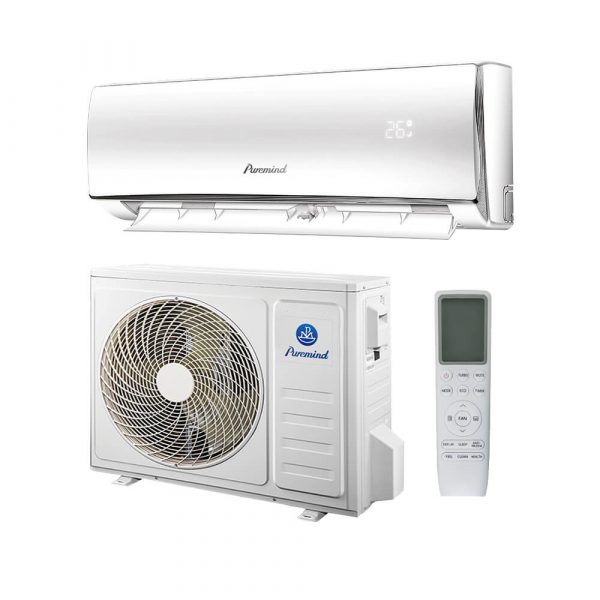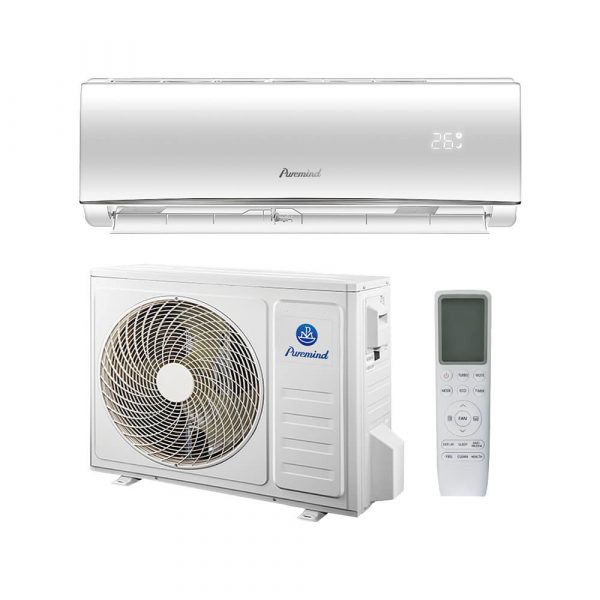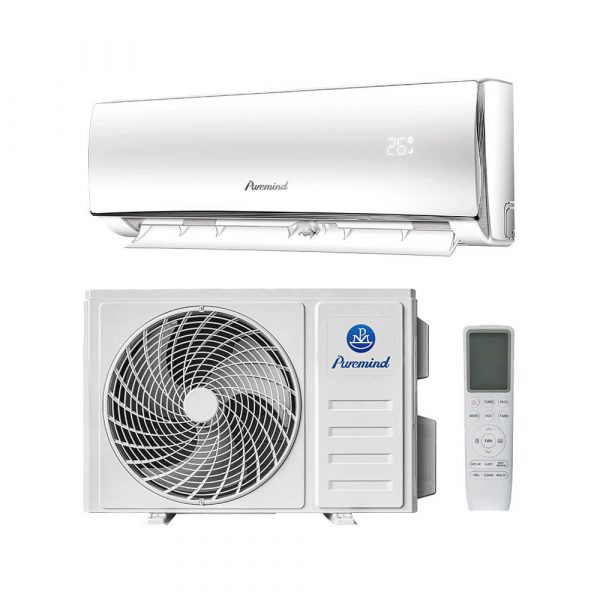Split Type Air Conditioner Guide – Benefits, Types, and Buying Tips
A split type air conditioner is one of the most popular cooling solutions for both residential and commercial spaces. Known for its efficiency, quiet operation, and flexible installation, this system is designed to deliver reliable cooling while enhancing comfort. In this comprehensive guide, we’ll explore how split AC systems work, their advantages, available types, and tips for selecting the right model for your needs.
What is a Split Type Air Conditioner?
A split type air conditioner is composed of two main units: an indoor unit that distributes cool air and an outdoor unit that houses the compressor and condenser. Unlike window AC units, split systems do not require a large opening in the wall, making them more versatile and aesthetically pleasing.
Main Components
- Indoor Unit: Contains the evaporator coil and air handler.
- Outdoor Unit: Contains the compressor, condenser coil, and expansion valve.
- Refrigerant Lines: Connect the indoor and outdoor units to transfer heat.
- Remote Control or Thermostat: Allows temperature and mode adjustments.
How Does a Split Type Air Conditioner Work?
The system works by absorbing warm indoor air through the indoor unit, passing it over cold evaporator coils, and expelling the heat outdoors via the outdoor unit. The refrigerant circulates between the two units, enabling continuous cooling.
Advantages of a Split Type Air Conditioner
- Energy Efficiency: Many models use inverter technology to optimize power usage.
- Quiet Operation: The noisy compressor is located outside, reducing indoor noise.
- Flexible Installation: No need for large wall openings.
- Improved Air Quality: Filters remove dust, allergens, and pollutants.
- Cost Savings Over Time: Lower operating costs compared to older cooling systems.
Types of Split Type Air Conditioners
The split type air conditioner category includes several variations:
- Single-Split System: One indoor unit connected to one outdoor unit, ideal for cooling a single room.
- Multi-Split System: Multiple indoor units connected to a single outdoor unit for cooling several rooms.
- Inverter Split AC: Adjusts compressor speed for consistent temperature and energy savings.
- Non-Inverter Split AC: More affordable but less energy-efficient.
Applications of Split Type Air Conditioners
- Residential homes
- Small to medium offices
- Retail shops
- Restaurants and cafes
- Warehouses and storage facilities
Choosing the Right Split Type Air Conditioner
When selecting a split type air conditioner, consider the following factors:
- Room Size: Match BTU capacity to room dimensions.
- Energy Rating: Higher star ratings mean lower electricity bills.
- Features: Look for smart controls, sleep mode, and dehumidification.
- Brand Reputation: Choose reliable brands with good service networks.
- Budget: Balance initial cost with long-term operating expenses.
Maintenance Tips
Proper maintenance ensures your split type air conditioner operates efficiently and lasts longer:
- Clean or replace filters every 1–3 months.
- Check refrigerant levels annually.
- Inspect and clean coils regularly.
- Ensure the outdoor unit is free from debris.
Common Issues and Troubleshooting
- Poor Cooling: May indicate dirty filters or low refrigerant.
- Unusual Noises: Could be loose components or debris in the outdoor unit.
- Water Leakage: Often due to blocked drainage pipes.
Trends in Split Type Air Conditioners
According to ASHRAE, the market for split AC systems is shifting toward eco-friendly refrigerants, smart home integration, and higher energy efficiency standards. These innovations are designed to reduce environmental impact while improving user convenience.
Case Study: Improving Efficiency with Split AC
A wholesale distributor upgraded their office cooling system to high-efficiency split type air conditioners. As a result, they reduced their annual energy bills by 22% and improved employee comfort during peak summer months.
Conclusion
The split type air conditioner offers a reliable, efficient, and versatile cooling solution for a wide range of applications. By understanding its features, types, and maintenance requirements, you can make an informed purchasing decision that meets your cooling needs and budget.







